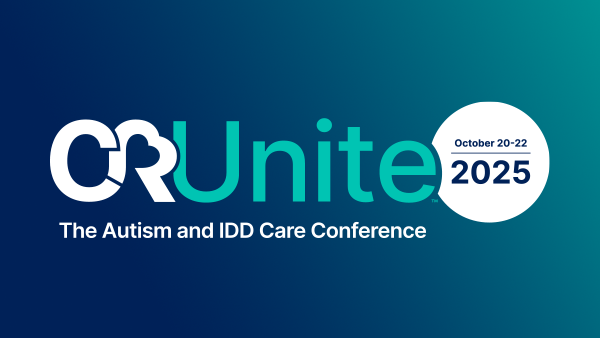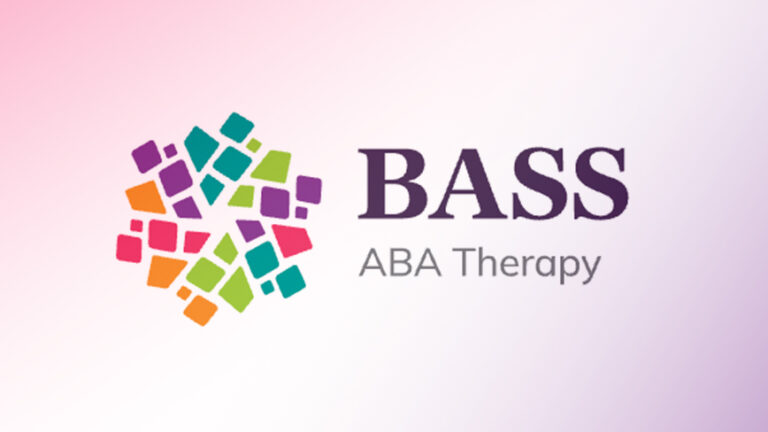Maintain Year-Round Compliance
The Ultimate Checklist for ABA Compliance
Getting Started
Compliance isn’t everyone’s favorite topic– it can feel tedious, time-consuming, and overwhelming. Yet, it’s the backbone of a successful ABA practice.
Maintaining compliance not only ensures the highest quality care for your clients but also safeguards your practice from hefty penalties that can result from failed audits, potential legal challenges, and other threats to your practice’s sustainability.
ABA practices must prioritize clinical and operational compliance with BACB, payor, legal, and other regulatory mandates. A structured compliance plan can help your practice stay organized, proactive, and audit ready.
Use this checklist as a guide to manage compliance tasks efficiently throughout the year.

Monthly Compliance Checklist
These monthly tasks will ensure your practice meets critical minimum standards, preventing minor issues from becoming major problems.
- Ensure RBTs meet the minimum required supervision. Review monthly RBT supervision logs to verify each RBT met the minimum requirements, including 5% of hours supervised, two face-to-face contacts with the supervisor, and at least one supervisory observation of the RBT working with a client (BACB, 2024).
- Review BCBA supervision hours. Confirm BCBAs met the minimum required protocol modification hours, per payor requirements and clinically appropriate standards of care (i.e., at least 10% of direct care hours supervised).
- Review the quality and accuracy of data collection. Ensure that data is collected during each session in alignment with each client’s individualized treatment goals.
- Audit session notes. Conduct quality assurance checks on session notes and other clinical documentation to verify the quality of writing and ensure everything the payor requires is accurately documented.
- Audit billing claims. Conduct pre-billing audits to verify claims are accurate, complete, and comply with payor requirements before submitting to the payor.
- Ensure all client documentation is up-to-date and saved in a secure location. Confirm that client files, including treatment plans, consent forms, and assessments, are up-to-date and saved in a HIPAA-compliant, secure location.
Quarterly Compliance Checklist
The following quarterly compliance tasks ensure a continued focus on compliance with the BACB and funders while addressing gaps that may impact operations.
- Reattest on the CAQH Provider Data Portal. Ensure all BCBAs reattest on their CAQH Provider Data Portal every 120 days, verifying all their information is correct.
- Analyze authorized hours. Check authorization utilization for each client to ensure services are being provided in accordance with the clinically recommended and authorized number of hours. Adjust schedules as necessary, decreasing hours to prevent overutilization or increasing hours to prevent underutilization.
- Review certifications. Ensure your team’s certifications (e.g., BCBA, RBT) are active. Verify recertification dates. For RBTs approaching their renewal date, prepare for their annual competency assessment (before 2026) or verify completion of CEUs (beginning in 2026).
- Read BACB newsletters. To avoid missing updates and upcoming changes from the BACB, periodically review their newsletters. If you’re not BACB-certified but want to receive email notifications when a newsletter is published, you can sign up here.
- Conduct a clinical outcomes review. Evaluate client progress and treatment effectiveness. Consider the progress and distribution of goals for each client and at the organizational level.
Annual Compliance Checklist
Annual compliance tasks help your practice stay aligned with evolving regulatory changes, ensuring long-term adherence to standards and continuous operational excellence.
- Review and update policies and procedures. Do a comprehensive evaluation of your policies and procedures. Ensure they reflect current best practices, payor requirements, legal standards, and BACB guidelines. Update policies as needed.
- Conduct mandatory training. Provide and verify documentation of mandatory staff training (e.g., HIPAA, mandatory reporting, TRICARE ACD).
- Data security review. Audit your IT infrastructure to verify HIPAA compliance and address any vulnerabilities.
- Review accreditation standards (e.g., BHCOE). Confirm ongoing compliance with BHCOE or other accreditation board standards.
- Review local laws. Review state and local regulations in the areas where you provide services to confirm adherence with current laws and monitor any new laws or pending legislation that could impact operations.
- Conduct staff performance reviews. Evaluate staff performance and set goals for the coming year.
- Ensure Behavior Analysts renew their license. For states that require licensure, bi-annually ensure BCBAs and BCaBAs renew their license before the deadline.
References
BACB. (2024). Registered Behavior Technician (RBT) Handbook. Retrieved from https://www.bacb.com/wp-content/uploads/2022/01/RBTHandbook_240925-a.pdf



